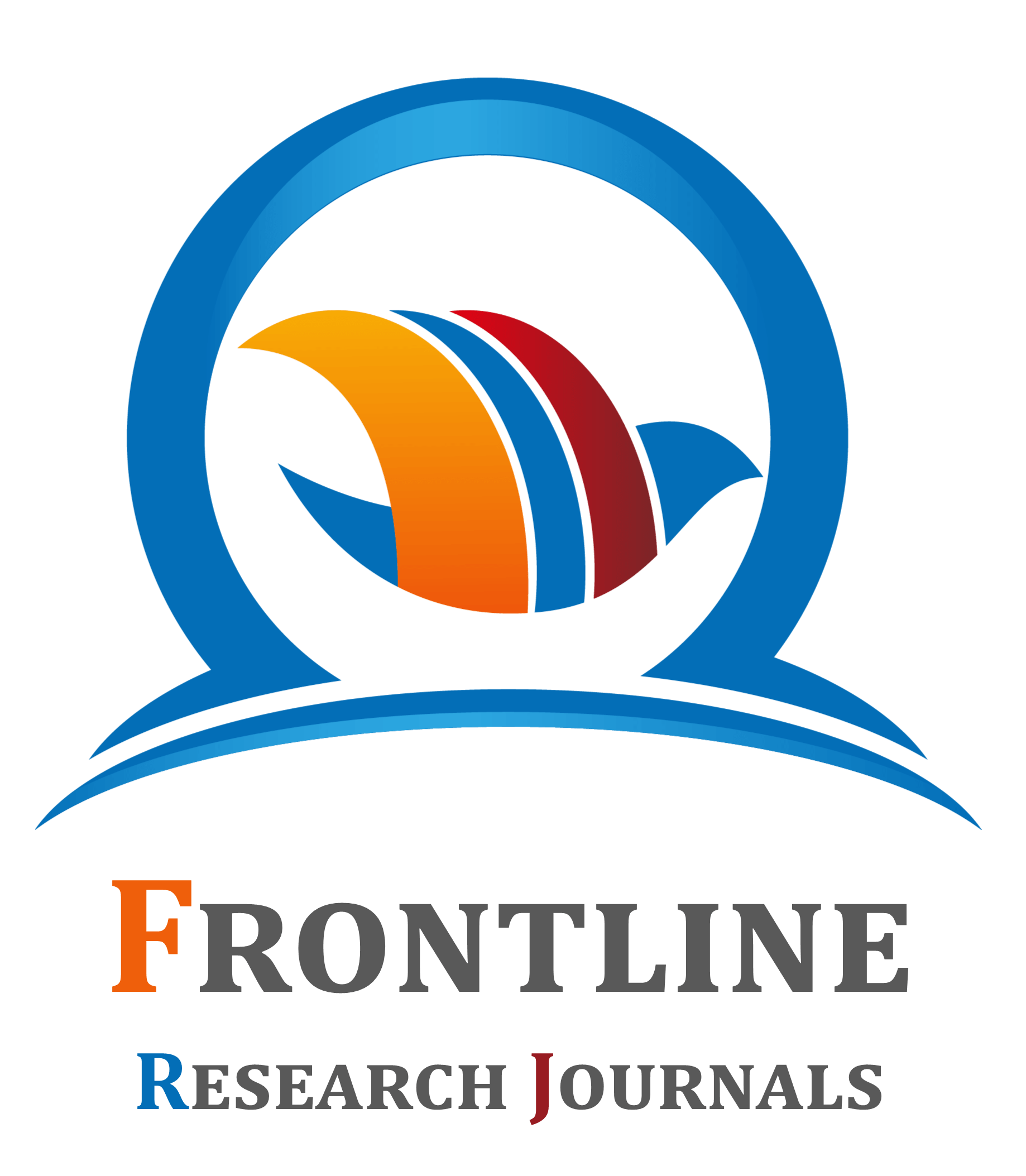Traditional, breeding objectives and selection criteria of Arsi-bale goats reared at different Agro ecologies of bale zone, Ethiopia
Department of Animal and range sciences, Collage of agriculture, Hawassa university, Ethiopia.
Research Article
International Journal of Frontline Research in Pharma and Biosciences, 2022, 01(01), 033–041.
Article DOI: 10.56355/ijfrpbs.2022.1.1.0005
Publication history:
Received on 01 January 2022; revised on 29 March 20222; accepted on 31 March 2022
Abstract:
Background and objectives: This study was carried out to access the indigenous knowledge pertaining to the selection criteria and breeding objectives of Arsi-Bale goats reared under different agro ecologies of Bale zone, Oromia Region, Ethiopia. Thus, the study indicated that long-haired goats are reared only at highlands with a few being reared at the midlands. Most of the goats in the midlands were short coated. In the high lands the does were selected based on their coat type (long hair and glossy) coat color(black),.While at the midlands the does were selected based on their reproduction rate, kidding interval for does and reproduction rate followed by body conformation were preferred trait of buck for the mid land. While in the low land they preferred does and buck for their body conformation, hair coat type(White).Bucks were reared at Highland for cash income, skin (saddle) and wealth. At mid-lands they were kept for meat, cash and manure while in the case of Low land Bucks are for cash and meat. The selection criteria of buck and does in High land included their adaptability to high altitude conditions besides black coat color and high body weight and does in Highland include long hair, large body and coat color (black).respectively. However, in Mid-Land does and bucks were selected based on higher body weight and with large body size followed by good mothering ability.
Materials and methods: The study was conducted in three Woredas of Bale zone Oromiya (Highland, Mid-Land, Low land) National Regional State. Bale zone has a latitude and longitude of 7°7′N 40°0′E with an elevation of 2,492 meters (8,176 ft) above sea level.
Sampling methodology: The weredas in the zone was selected based on purposive sampling method. The woredas i,e highlands (Dinsho),midlands (Agarfa) and lowlands (Ginnir)were selected based on the agro ecologies, goat population within the agro ecology. 135 respondents were identified purposively based on their experience in rearing goats, besides their willingness to participate in the project.
Statistical analysis: The data was analyzed using Statistical Package for Social Sciences SPSS (V24) of Windows. The data was divided into both quantitative and qualitative parameters. The quantitative traits were analyzed using descriptive statistics the means(inferential eta ANOVA) were compared across the three agro ecologies using Duncan’s multiple Range test, while the qualitative traits were assessed using non parametric tests ( viz. chi square test).
Results: The preferred traits of does reared at different agro ecology of Bale Zone in the highlands indicate selection based on coat color of the goats were preferred the most over the other traits. The findings indicate that bucks are primordially reared for cash income. At midlands and lowlands the bucks are also reared for wealth and manure.
Conclusion: It can be concluded that goat selection criteria and breeding objective at different agro ecology are different. Most goat selection criteria was coat color and the main objective was for cash income, wealth and manure.
Keywords:
Arsi-Balegoat; Selection criteria; Agro ecologies; High land; Mid-Land; Low land
Full text article in PDF:
Copyright information:
Copyright © 2022 Author(s) retain the copyright of this article. This article is published under the terms of the Creative Commons Attribution Liscense 4.0
